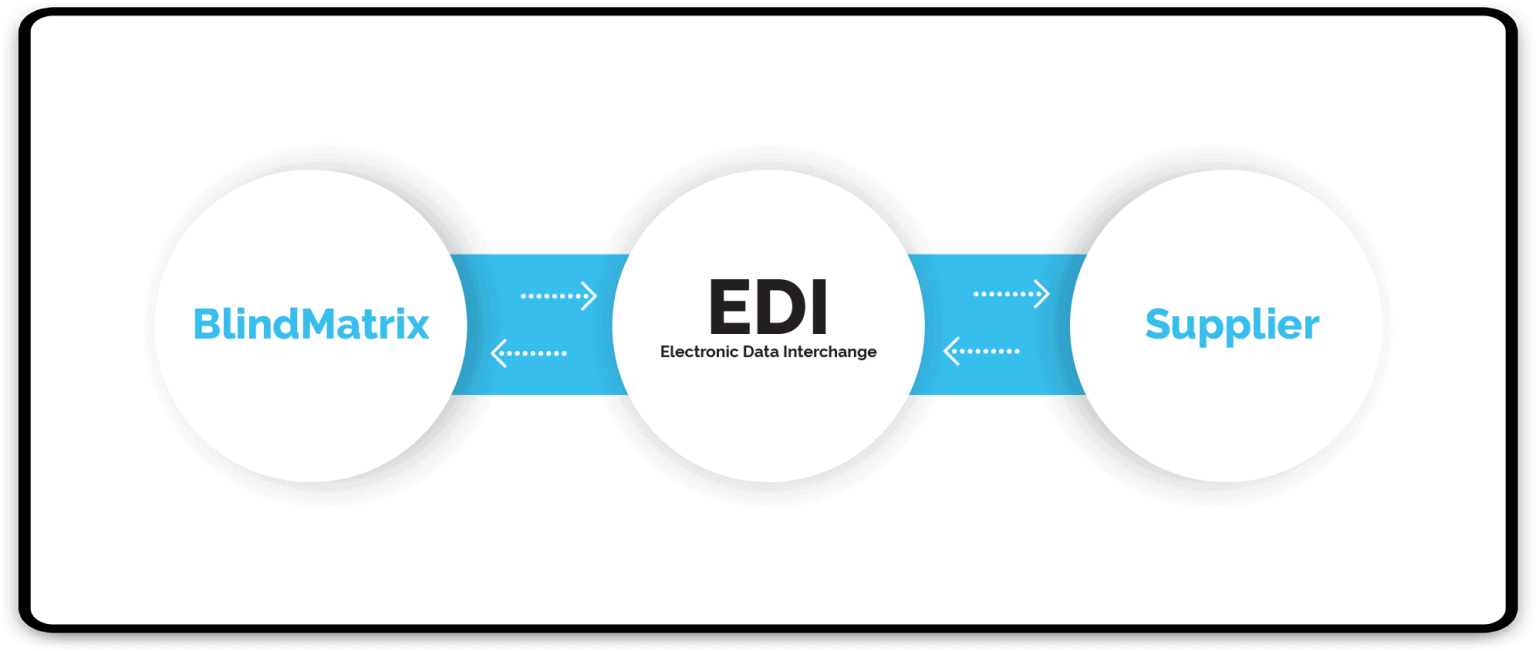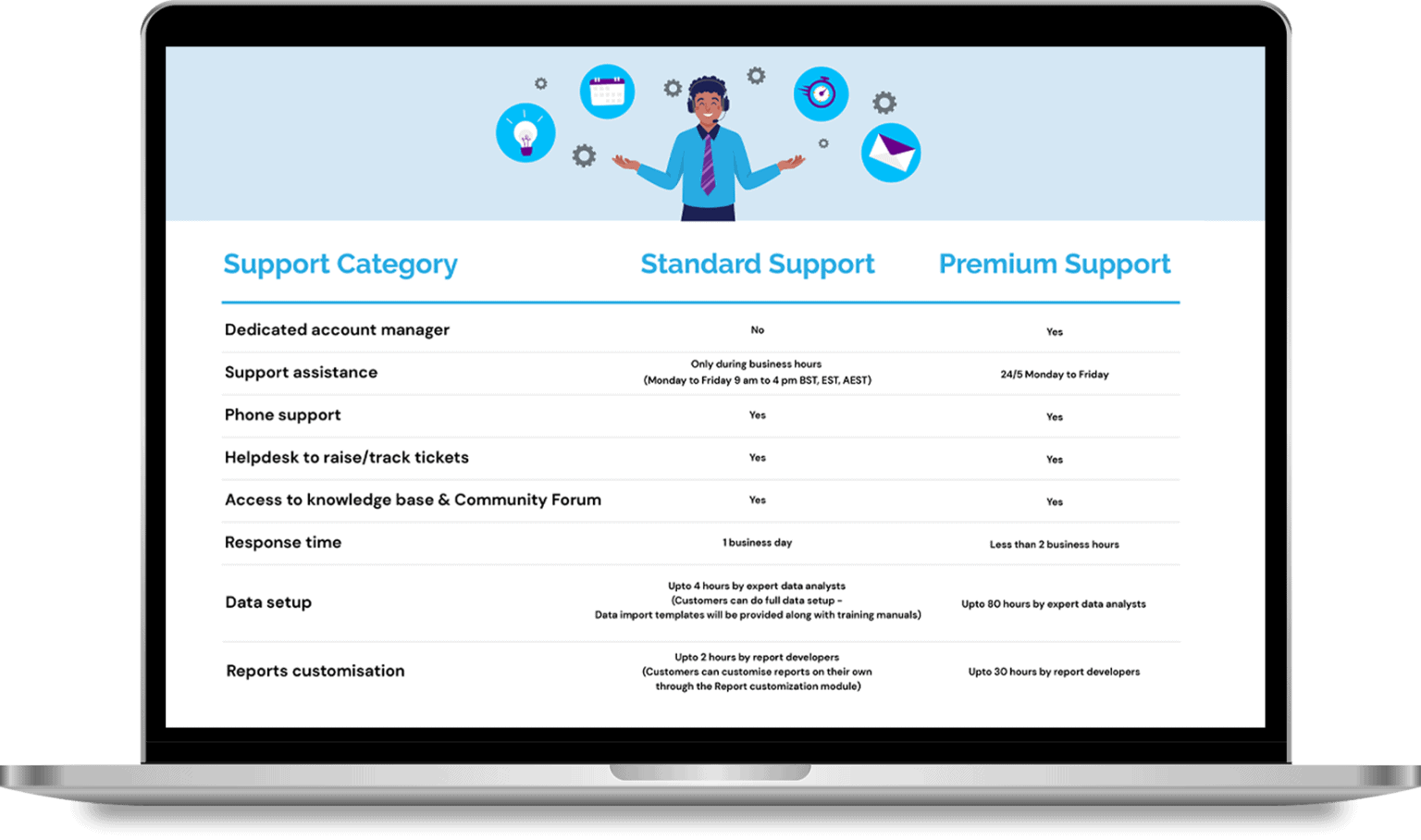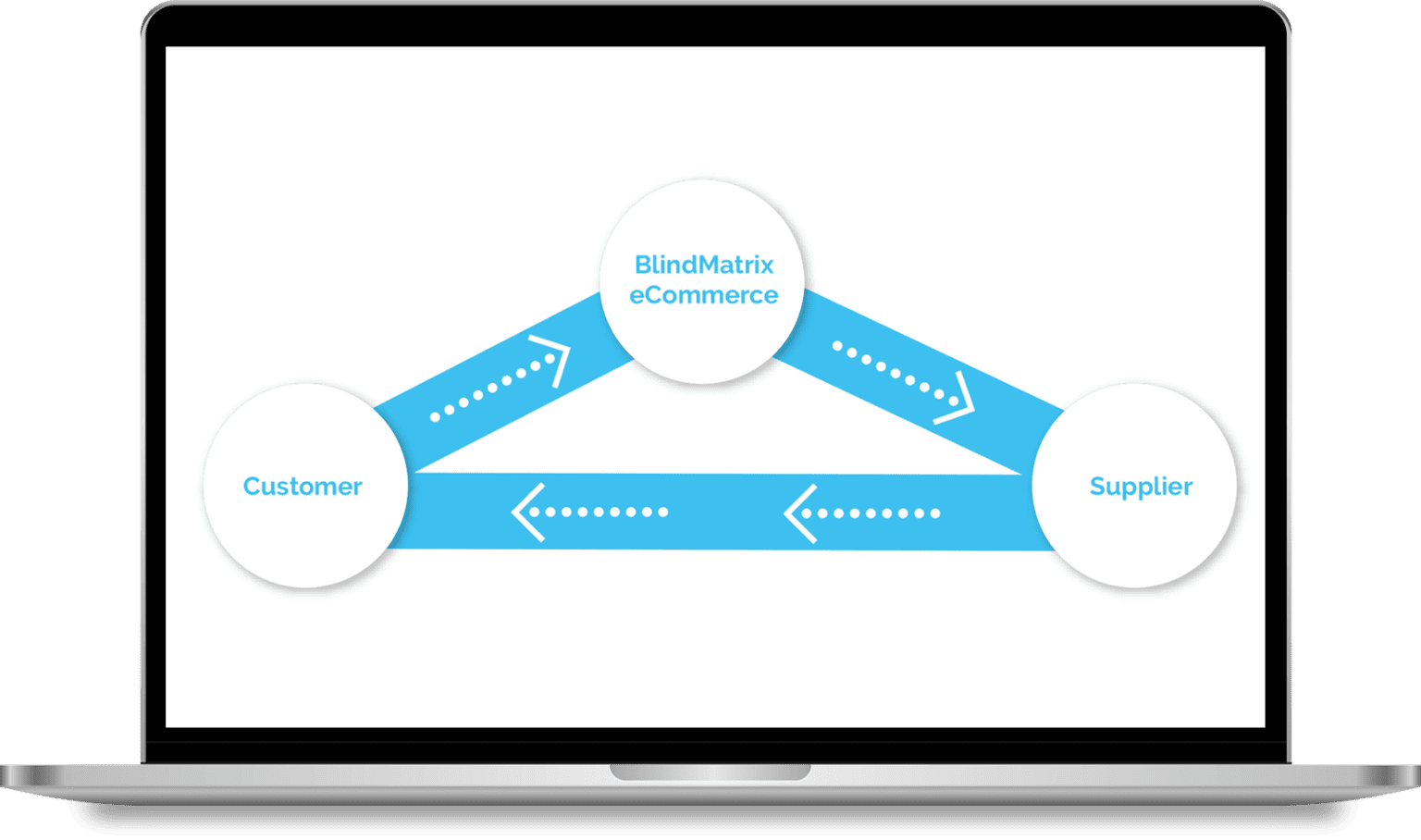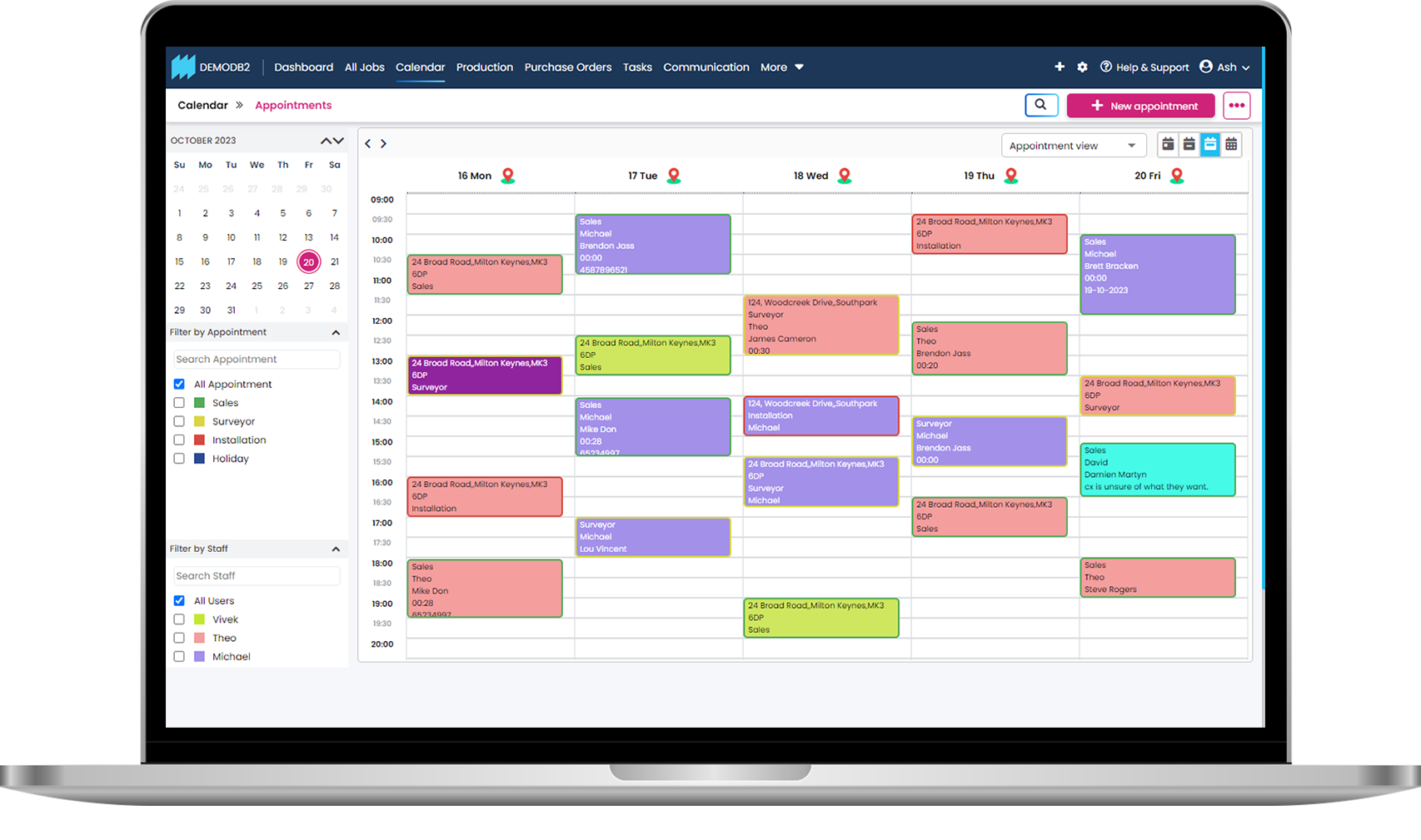Improved productivity, efficiency and effectiveness have become business management goals for many business leaders. Using…

How do we create a smarter and more profitable industry for all?
Three ways to improve how we do business
By Vivek Rao, CEO, BlindMatrix
How can the blind, shutter and curtain industry make the changes that we need – to our business operations, processes and IT – so we can work in more efficient, more customer-focused and more profitable ways? At a time of soaring business costs, this question is more relevant than ever.
No person or business is an island. We live in a connected world. Global supply chains, connected communications and technologies, manufacturers connected to wholesalers connected to retailers who interact with consumers, and so on.
In the last year I’ve become increasingly interested in looking at our industry as a whole, and thinking about the industry-wide changes required to overhaul and update how we work.
I believe there are opportunities we cannot afford to miss -modernise processes,better manage and reduce costs, make the best use of people, and make sure we can protect margins while always delivering excellent service.I don’t claim to have all the answers. But as an industry insider for many years, forming strong relationships with many different companies, I can see areas for improvement. We need to start those important conversations now and develop new thinking.
So, from my perspective, here are three areas that I believe can revolutionize our industry, and your business.
1. Collaborate to succeed
‘Together we’re stronger’ may be an overused phrase but there’s a great deal of truth in it. Collaboration makes us all stronger, so we all benefit. We have to make it easier for companies to work together,sharing experiences, ideas and best practices to make life easier. Easier to take, place, fulfill and deliver orders. This is already happening in some parts of the industry. I know from personal experience that some BlindMatrix customers use our technology as their primary means of communicating. In one case, it’s a wholesaler and a retailer, one a customer of the other. They said this approach was a game changer in terms of their relationship and what they could achieve.
In my experience, the most successful companies are generally not afraid to share their ideas. They confidently help other companies, partners and suppliers on the basis that if they succeed as well, more often than not this feeds into their own success. Think of the BNI® business networking and referral group. The more you put in, the more you get out: Givers Gain®. The companies that are less willing to share, by contrast, tend to be less successful. Think about this as co-opetition–we can cooperate and compete so we all benefit. And this topic is a far broader issue than IT alone, taking in company culture, underlying structures and business processes.
Do you think more collaboration is a good thing? How can we embed it in business practices? I’m interested to hear your own experiences and how you think we could move forward.
2. Technology with a purpose
My second point, linked to the above, is about the IT we use to support our businesses;the systems and infrastructure that should be actively contributing to smarter and more profitable working.
Technology is a great enabler but it has to be the right technology used in the right way at the right time, and with the right inputs. That can mean taking a long hard look at our data, to clean up our act, and harness that data to its full potential. How much is out of date or simply unnecessary? How much do we actually need, and what’s the most valuable data, to perform the specific tasks that we need to do?
3. Standardisation: clarity and consistency
My third point is around the language we use in our industry. More specifically, the lack of clarity, consistency and standardisation in terminology. What we call the materials that we use and the products that we sell, and how that impacts on how we communicate. You can see this in the diversity of catalogues, the sheer lack of consistency and therefore compatibility in how business partners and suppliers are able to interact smoothly. I’ll return to catalogues and the important role they can play in a future post.
Amore standardized approach across the board can mean fewer errors and significant time and cost savings in sales, order taking, product configuration, process control, stock management, fulfilment, etc. etc. The prize for such an approach therefore includes greater operational efficiencies, better margins, and improved customer satisfaction.
Again, I’ll be very interested to hear your thoughts on standardisation—it’s another piece of the jigsaw as we work towards creating a more modern, efficient and profitable industry.
You can email me direct vivek@blindmatrix.com


















